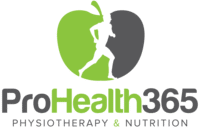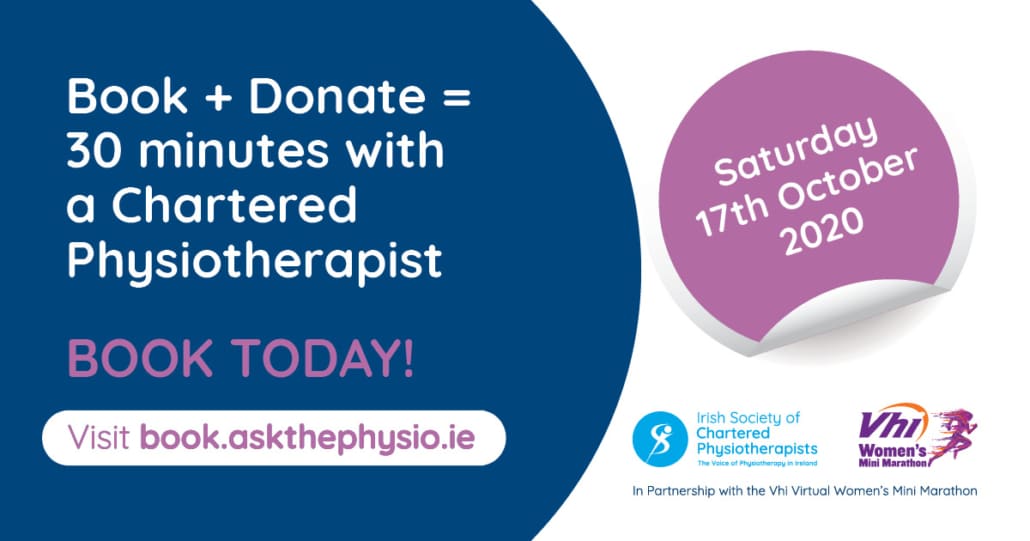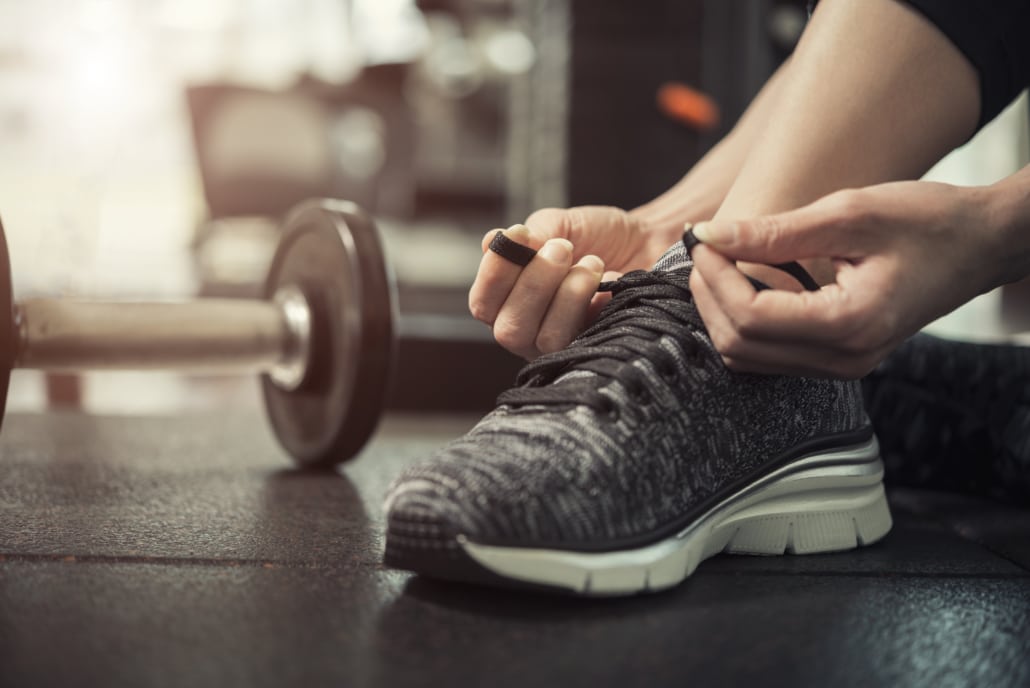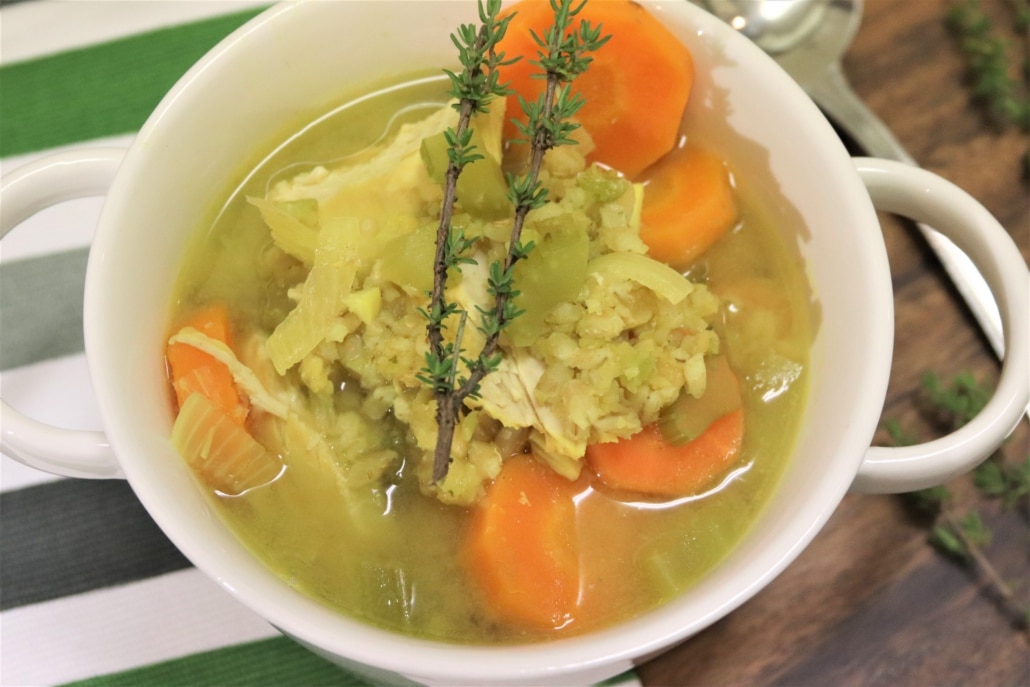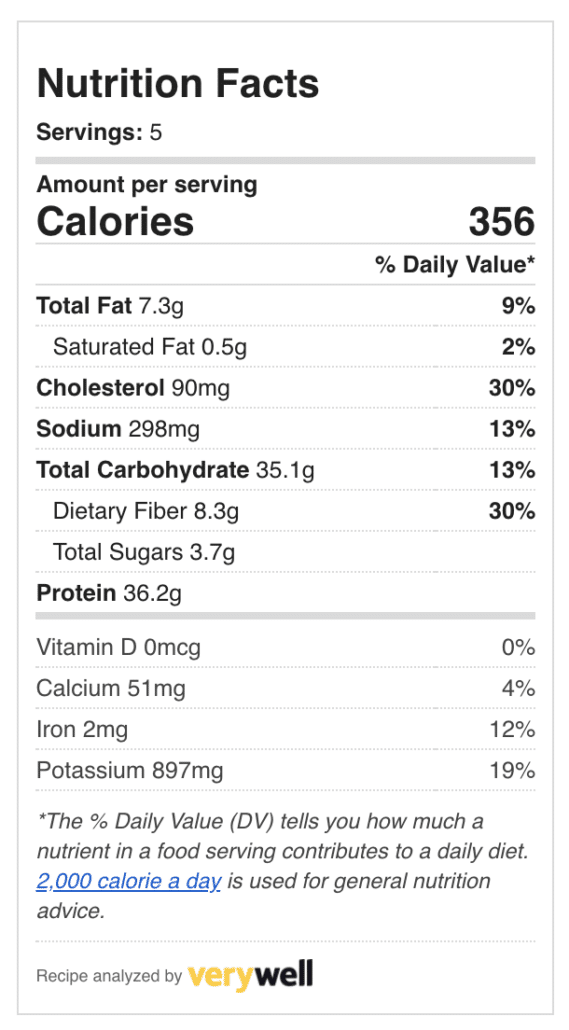Recognising obesity as a disease, a C20 panel discussion
Obesity is recognised as a disease by the World Health Organization as well as a few countries including Japan, Portugal, Italy, and more recently Germany. However, in Ireland and many other countries, we are still behind in recognising obesity as a disease, despite of all the current knowledge around its pathophysiology.
This year, the G20, an international forum from 19 countries and the EU took place in Saudi Arabia. Prohealth365 attended part of the activities, particularly the C20 sessions and witnessed many interesting topics covered by civil society organizations.

Importantly, Prohealth365 was also able to contribute to the C20 sessions via our Nutritionist, Dr Werd Al-Najim. Werd joined a panel of obesity experts consisted of the Chair Dr Ghalia Abdeen, Prof Carel le Roux, and Dr Alex Miras. They discussed the facts behind recognising obesity as a disease and the current treatment options around the world. Moreover, they described the reality of harsh stigmas and unhealthy attitudes in obesity care. Importantly, they also discussed how obesity stigma hindered the appropriate recognition of obesity as a disease.
The consensus amongst participants is that obesity stigma requires attention within the healthcare sectors. A number of strategies can be put in place to combat obesity stigma to facilitate the recognition of obesity as a disease. For example, some of the strategies that were suggested by Dr Werd Al-Najim were as follows:
•Encourage patient-centered communications and empathy.
•Introduction of zero-tolerance policies for comments or humour against people living with obesity.
•Increase obesity education and awareness campaigns.
•Provide more welcoming and less threating environment to patients with obesity.
You can have access to the full recording of the session via this link.
KAYL Association for Combating Obesity was the driver of this important session. KAYL is the first non-profitable organization in the field of obesity and are primary advocates for recognising obesity as a disease in Saudi Arabia and the Middle East.
Authored by Prohealth365
